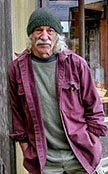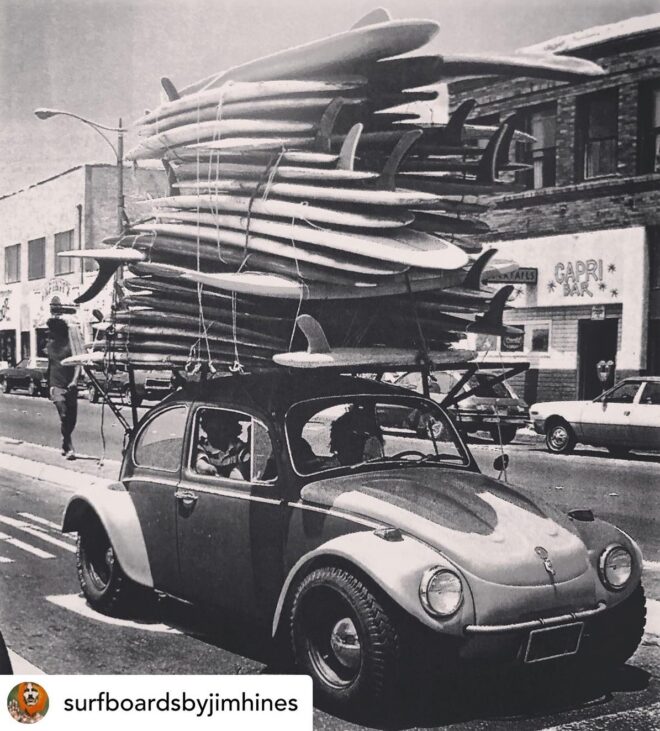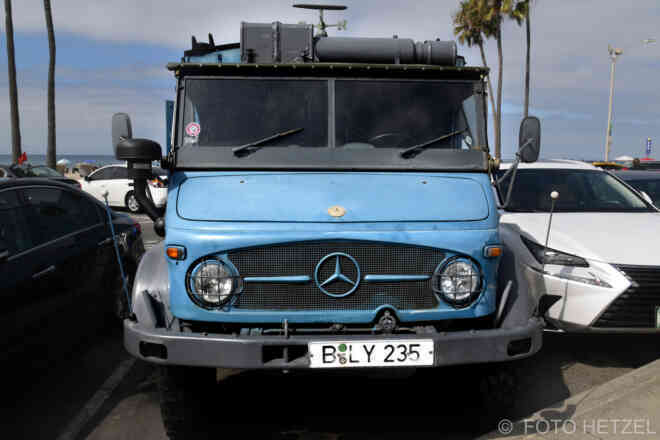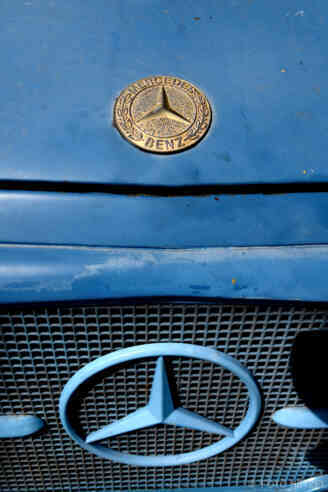Particulars on my fat-tire e-bike:
It’s a custom build, consisting of:
- Soma “Sandworm” chrome-moly steel frame
- Single-speed chain drive (no derailleur to need adjustment or break on the trail)
- Bafang BBSHD mid-drive motor
- Luna Cycle 1,000-watt controller and display, with the controller software reprogrammed to 30 amperes of current at 52 volts (1,500 watts, or 2 horsepower)
- Luna Cycle 4p14s 52-volt, 12 ampere-hour lithium battery
- Relatively inexpensive after market hydraulic front forks
- 26 × 4.40 sand tires, running ~5 PSI (pressure depends on sand conditions)
- Salsa “Bend” 23-degree swept-back handlebars (for arthritic thumb comfort)
- More than I can remember at one sitting
Basically, this bike was custom assembled for riding on sand dunes. It’s also comfortable on the beach, and I even use it around the farm to get from place to place instead of walking sometimes.
The Luna controller integrates nicely with the Bafang motor and allows nine levels of pedal assist, which comes in handy for a variety of sand conditions and terrain slopes. The hand throttle is always available for use when desired.
Much of the riding I’ve been doing lately is going out on isolated dunes and seeking out wind-swept contours to surf, climbing to heights and carving the curves and troughs on the downhill run. Sometimes it’s possible to find formations that mimic a road course with banked turns, deep drops into depressions with easy exit slopes, or moguls, small jumps and the sort for some light trick riding. There’s also a fair amount of coastal forest trails connecting various dunes, which provides to opportunity for obstacle course practice and collision avoidance. Crashes are not uncommon, but the sand is pretty forgiving to the falling rider. Bruises are temporary, but good times live forever!
Read More …
Advanced Search (single or combined)
Archives
Recent Posts
- I’m Switching My Blog to Substack May 18, 2024
- Tiny Home on Wheels and Chinese Van April 17, 2024
- Scotty and Marissa’s Travels in Latin America March 19, 2024
- Building a DIY Cabin with Friends, from Start to Finish March 12, 2024
- Keith Richards and Crew Doing Lou Reed’s “I’m Waiting for the Man” March 4, 2024
- Gary’s Van Home February 28, 2024
- Adventures with Chilón February 27, 2024
- Reflections on Trip to Baja February 26, 2024
- Monster Gringo Houses on East Cape February 23, 2024
- Perfectly Proportioned Building at La Fortuna February 22, 2024
- Palapa over Trailer February 21, 2024
- Crashed Cocaine Plane February 20, 2024
- Panga Beach Landing February 19, 2024
- Running Shoe Sandals February 18, 2024
- Angel Robles from Oaxaca and His Huichol Beadwork February 17, 2024
- Carvestyle Longboard Surfing Somewhere in Baja February 16, 2024
- Taco Power in Ciudad Constitución February 15, 2024
- César’s Birthday Party Under the Trees in El Triunfo February 14, 2024
- Japanese Cyclist Out in Middle of Nowhere on a 7-year-old American Steel Bike February 13, 2024
- What Baja Sur Was Like 67 Years Ago February 11, 2024
- Ready for the Road, Two Weeks Ago February 10, 2024
- GIMME SHELTER – February, 2024 February 8, 2024
- Houses in Sunset District, San Francisco January 27, 2024
- Yogan’s New Tower in France January 26, 2024
- LK Interview December 2023 January 18, 2024
Recent Comments
- Ocean on Houseboat For Sale in BC Canada
- Glenn Storek on Obituary for Robert C. Kahn
- Thomas Rondeau on My Home in Big Sur, Built in the ’60s
- Thomas Rondeau on My Home in Big Sur, Built in the ’60s
- Anna Gade on I’m Switching My Blog to Substack
- Mr. Sharkey on I’m Switching My Blog to Substack
- Chris on Scotty and Marissa’s Travels in Latin America
- Jeff on Keith Richards and Crew Doing Lou Reed’s “I’m Waiting for the Man”
- Pauline liste on RIP Lloyd House
- stephane chollet on RIP Lloyd House
- Robert Hayes-McCoy on Old Thatched Cottage in Ireland
- Bonnie Peterson on Val Agnoli’s Sculptural Home
- Geoff Welch on Building a DIY Cabin with Friends, from Start to Finish
- Irene Tukuafu on GIMME SHELTER – February, 2024
- Lloyd Lindley II on The Heddal Stave Church in Norway
- Paul Recupero on ORGANIZED SLIME: The Great Septic Rip-off of the 21st Century










